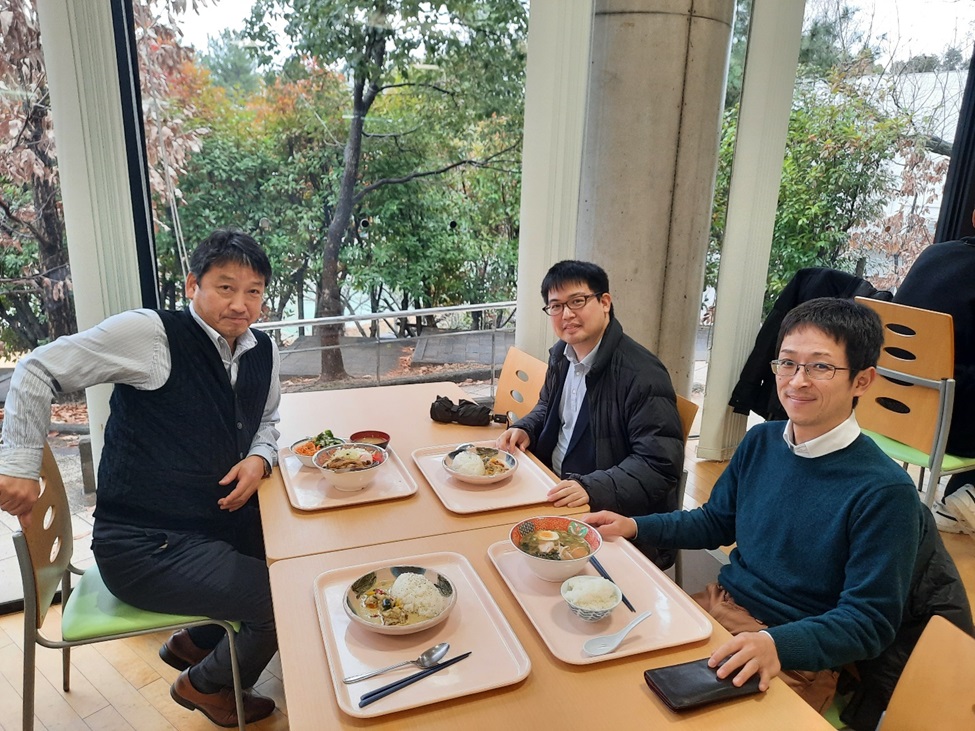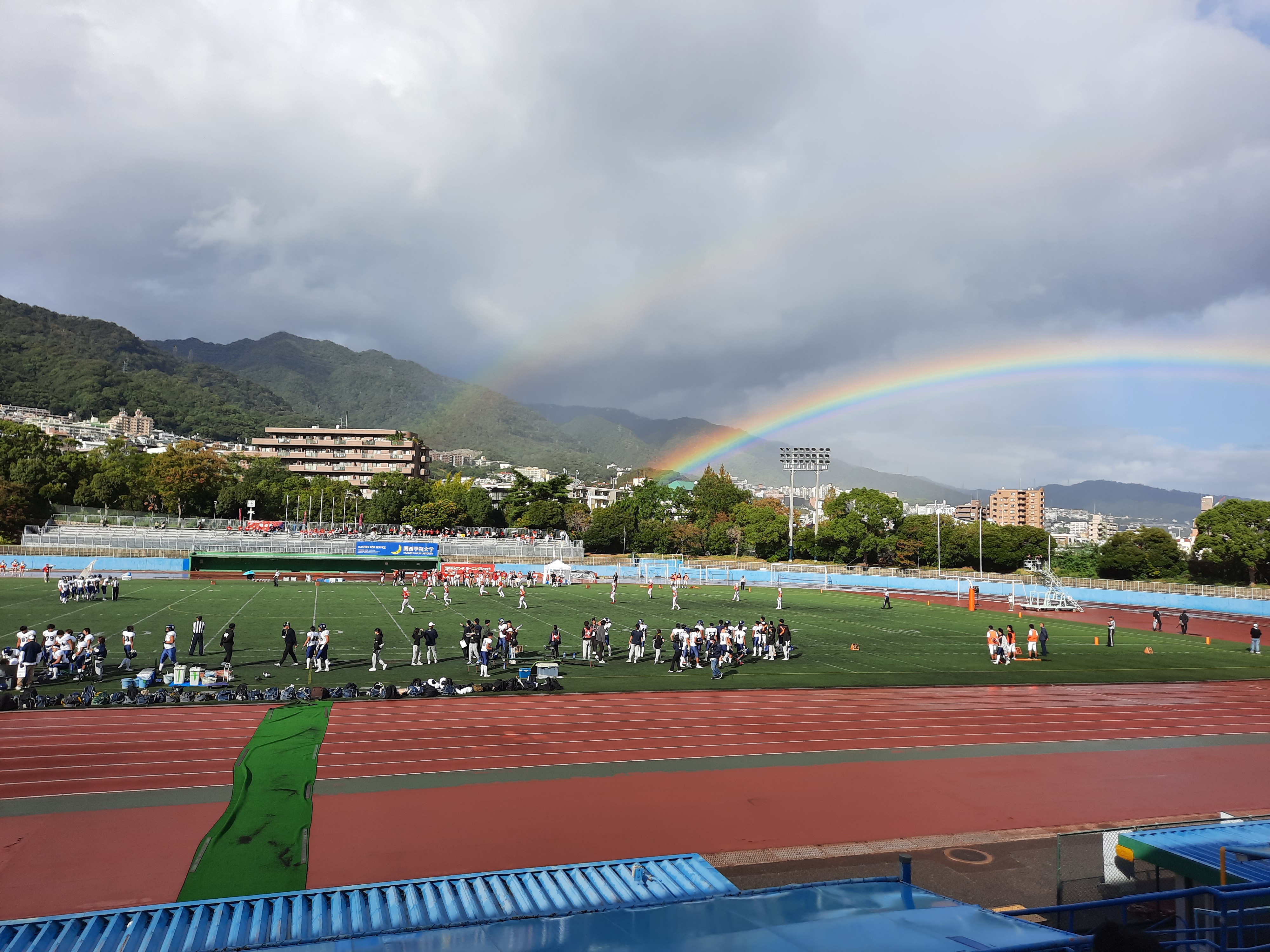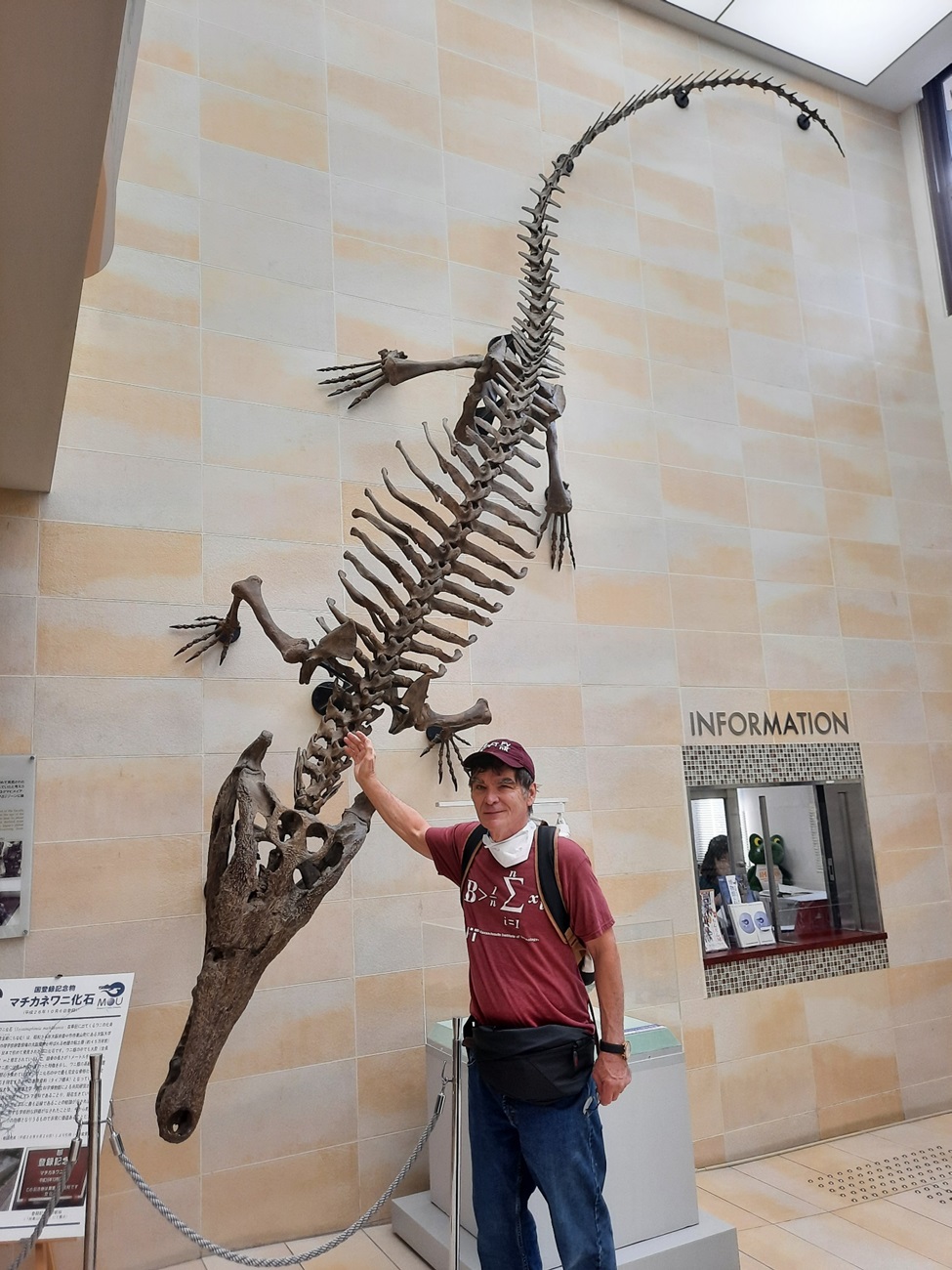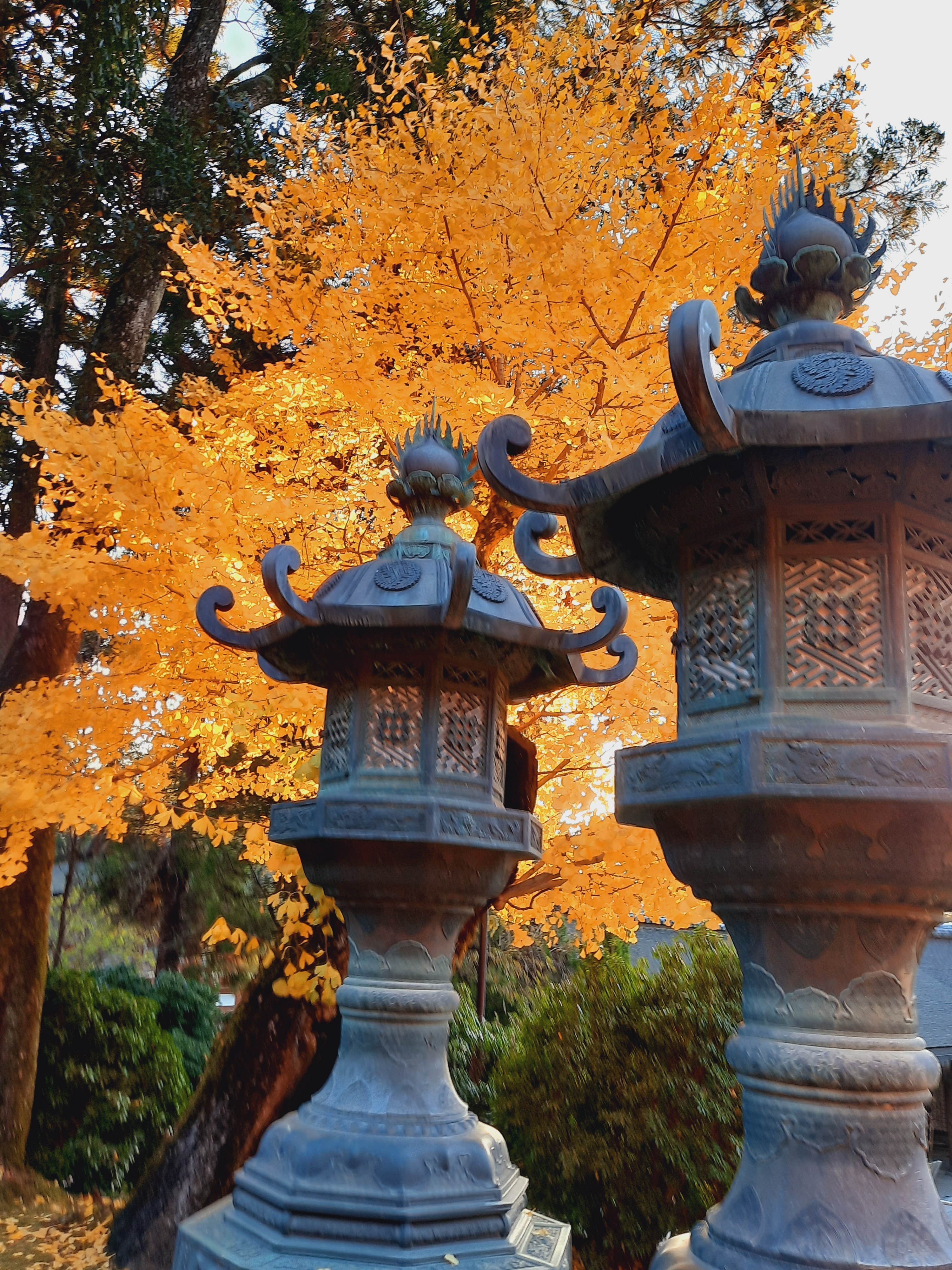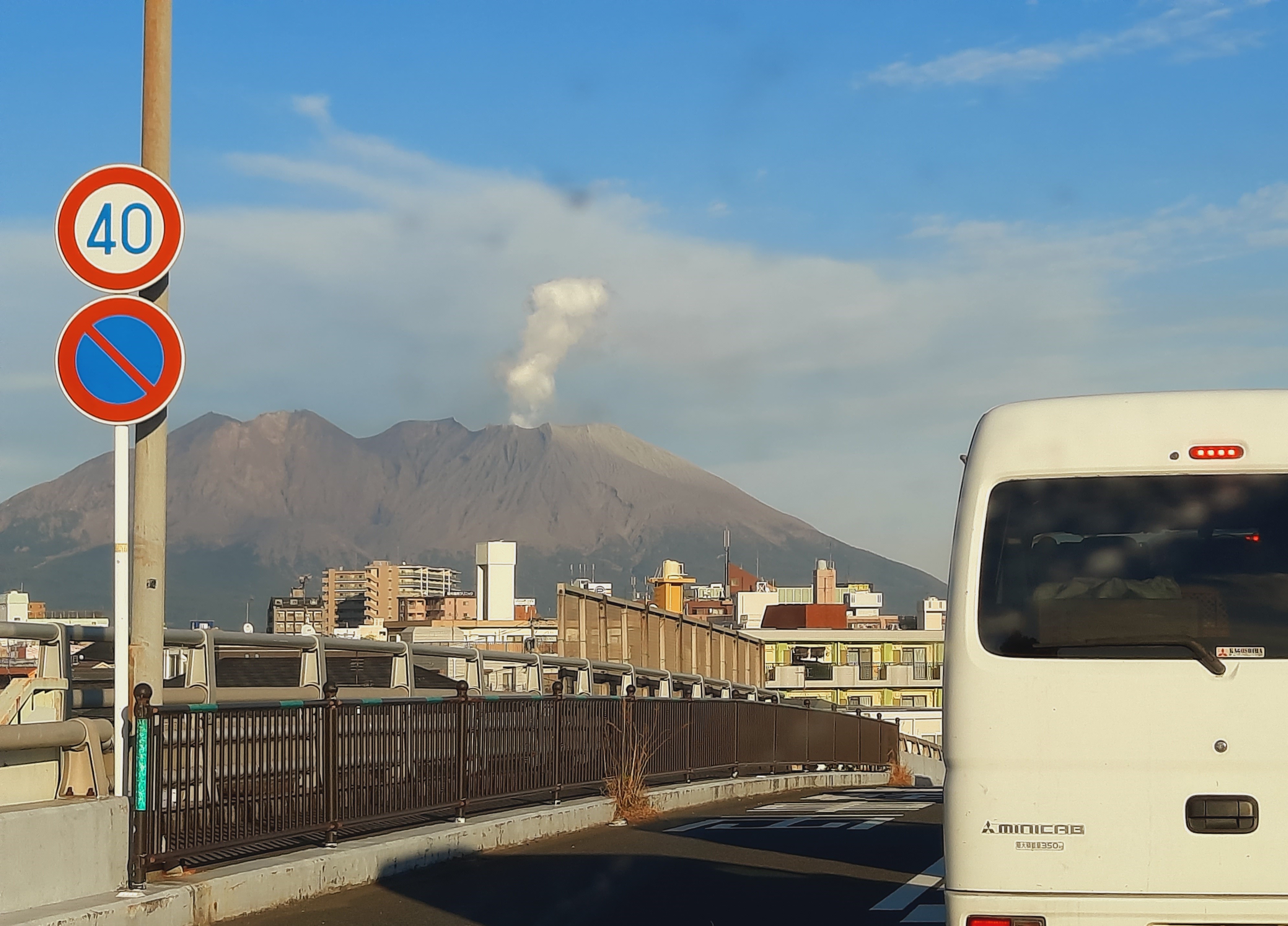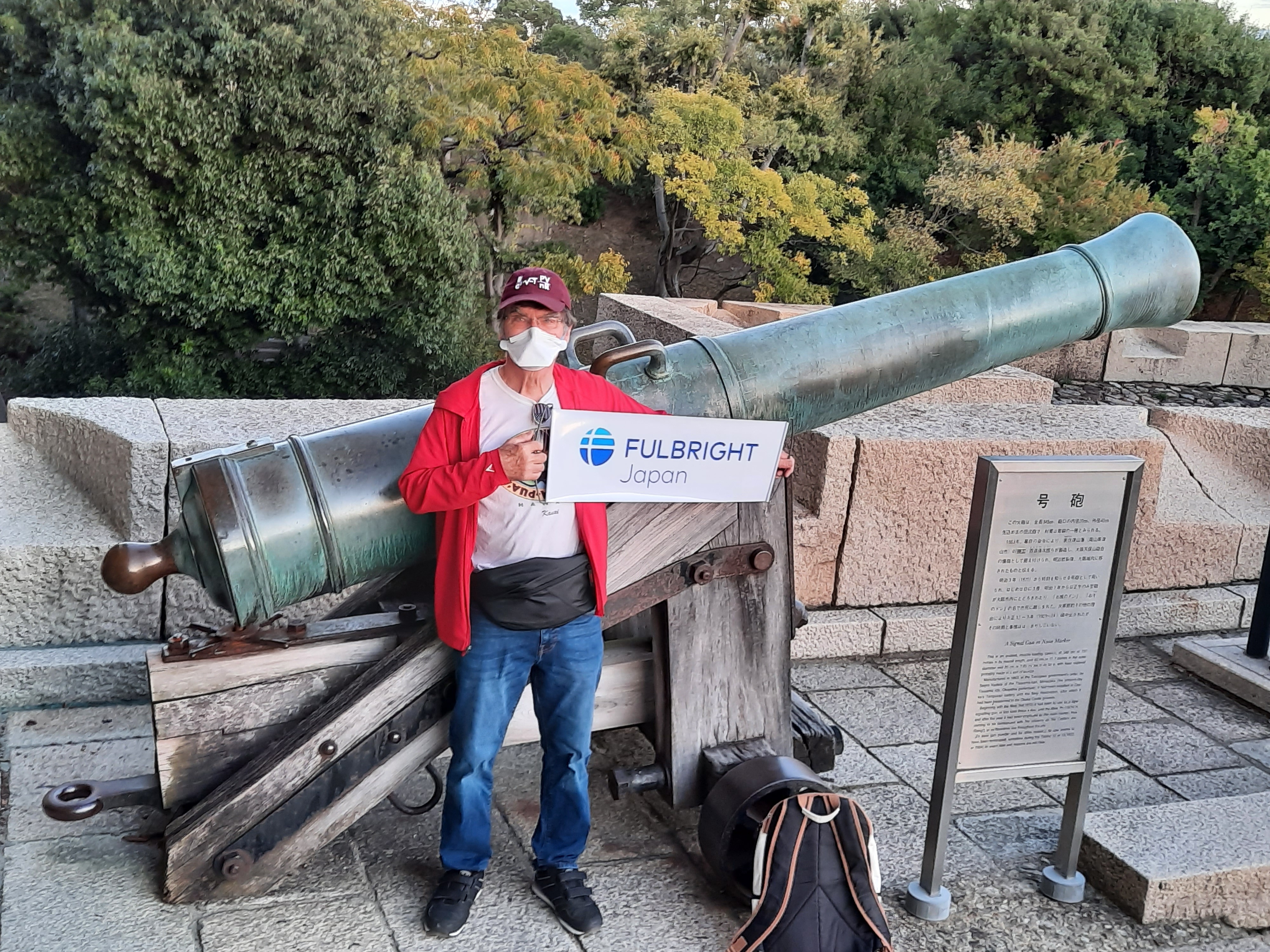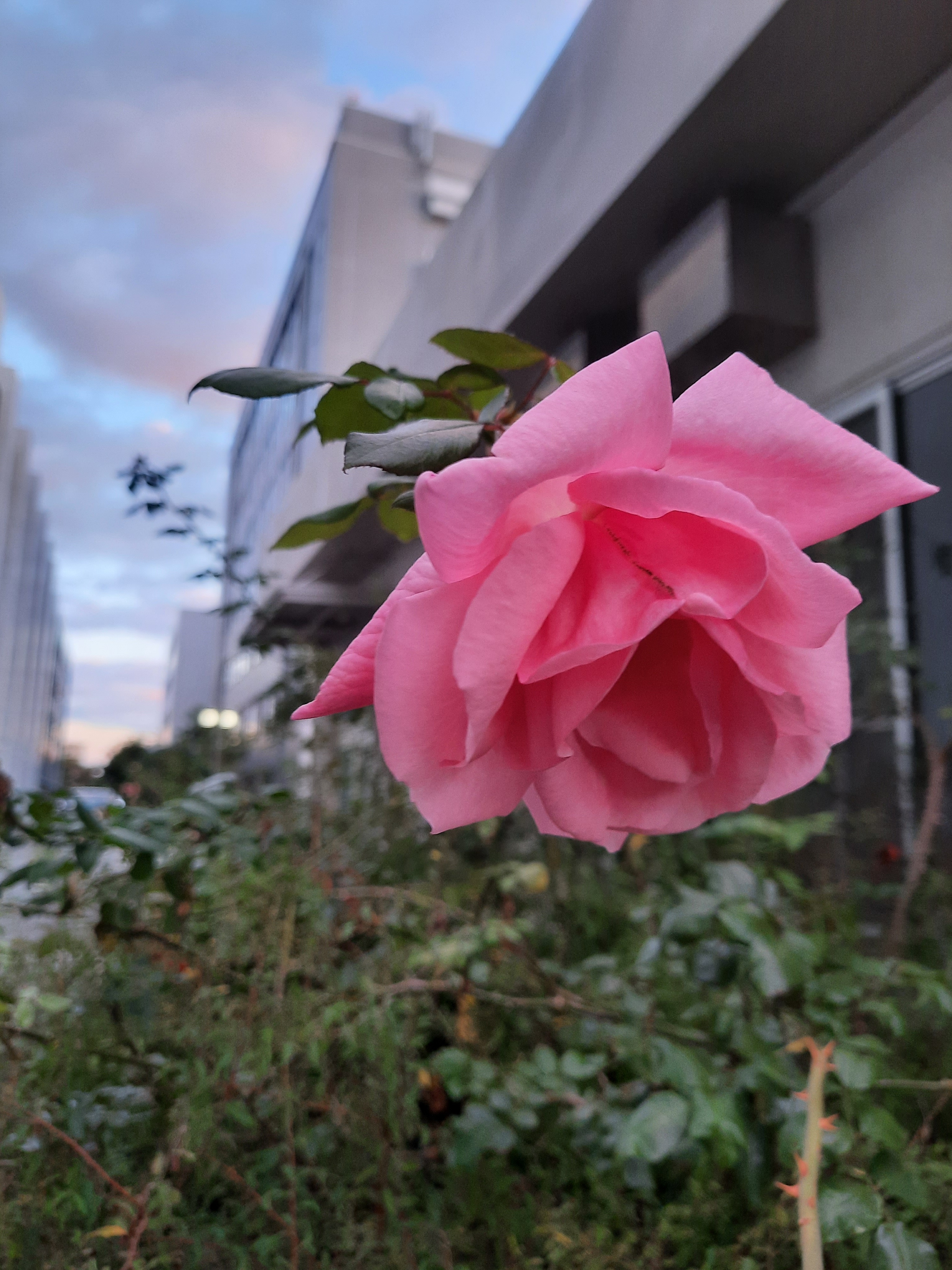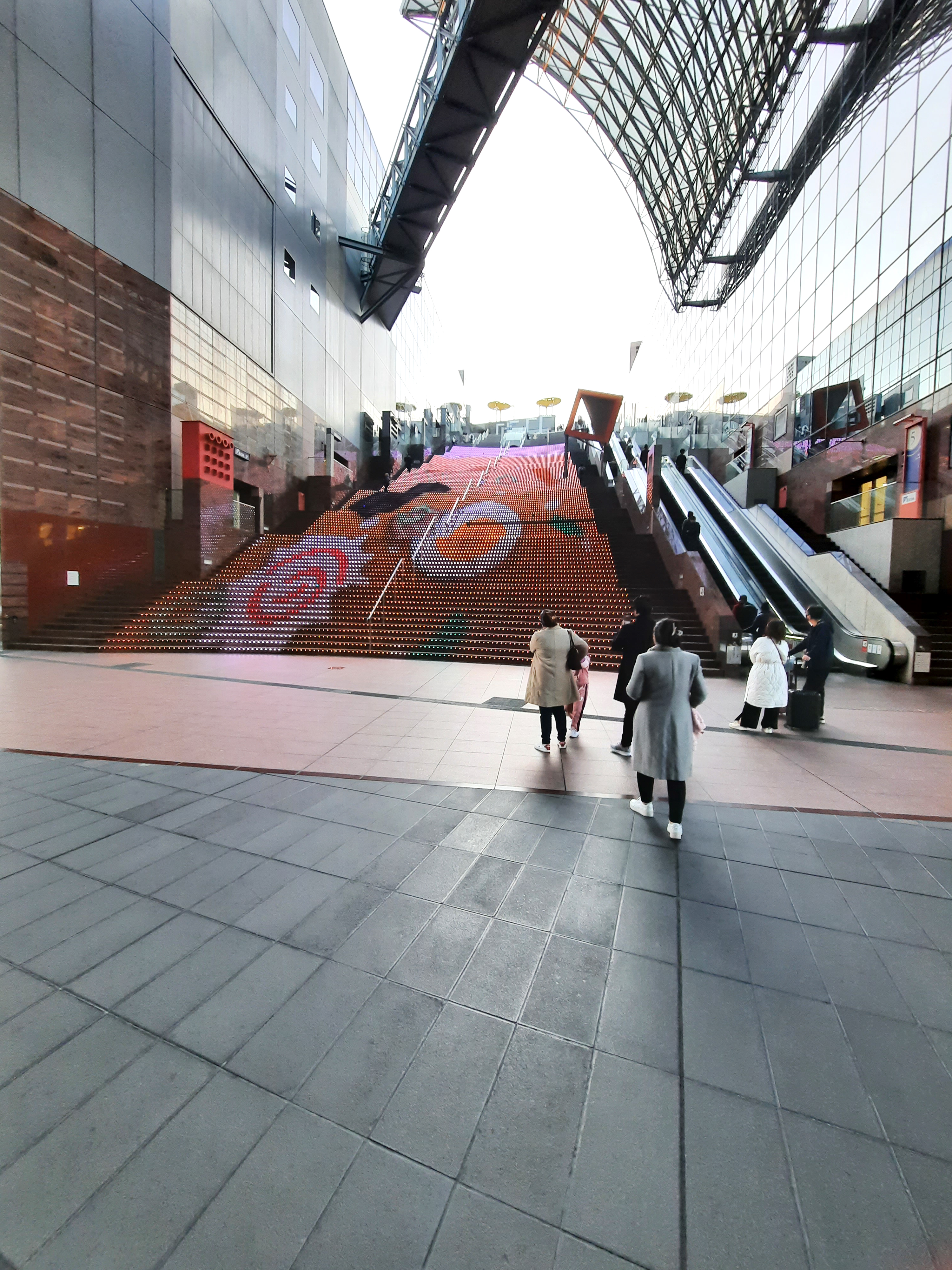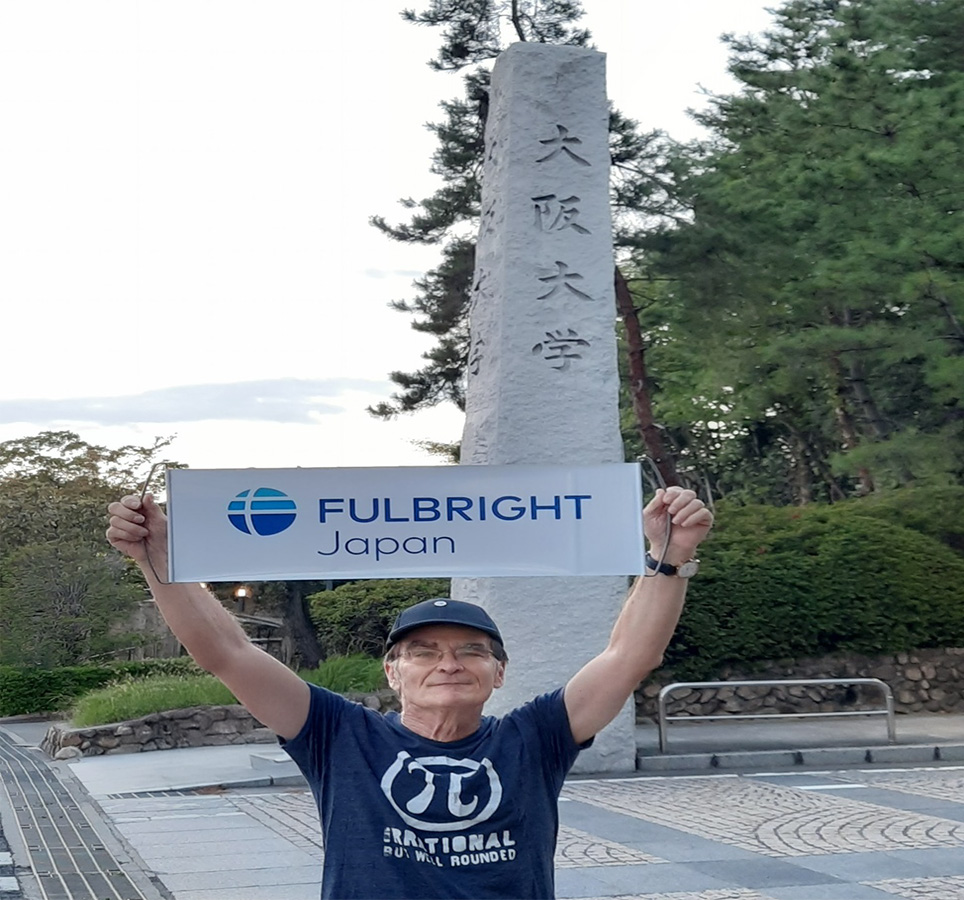
In front of Osaka University’s main gate.
My Fulbright Story

In front of Osaka University’s main gate.
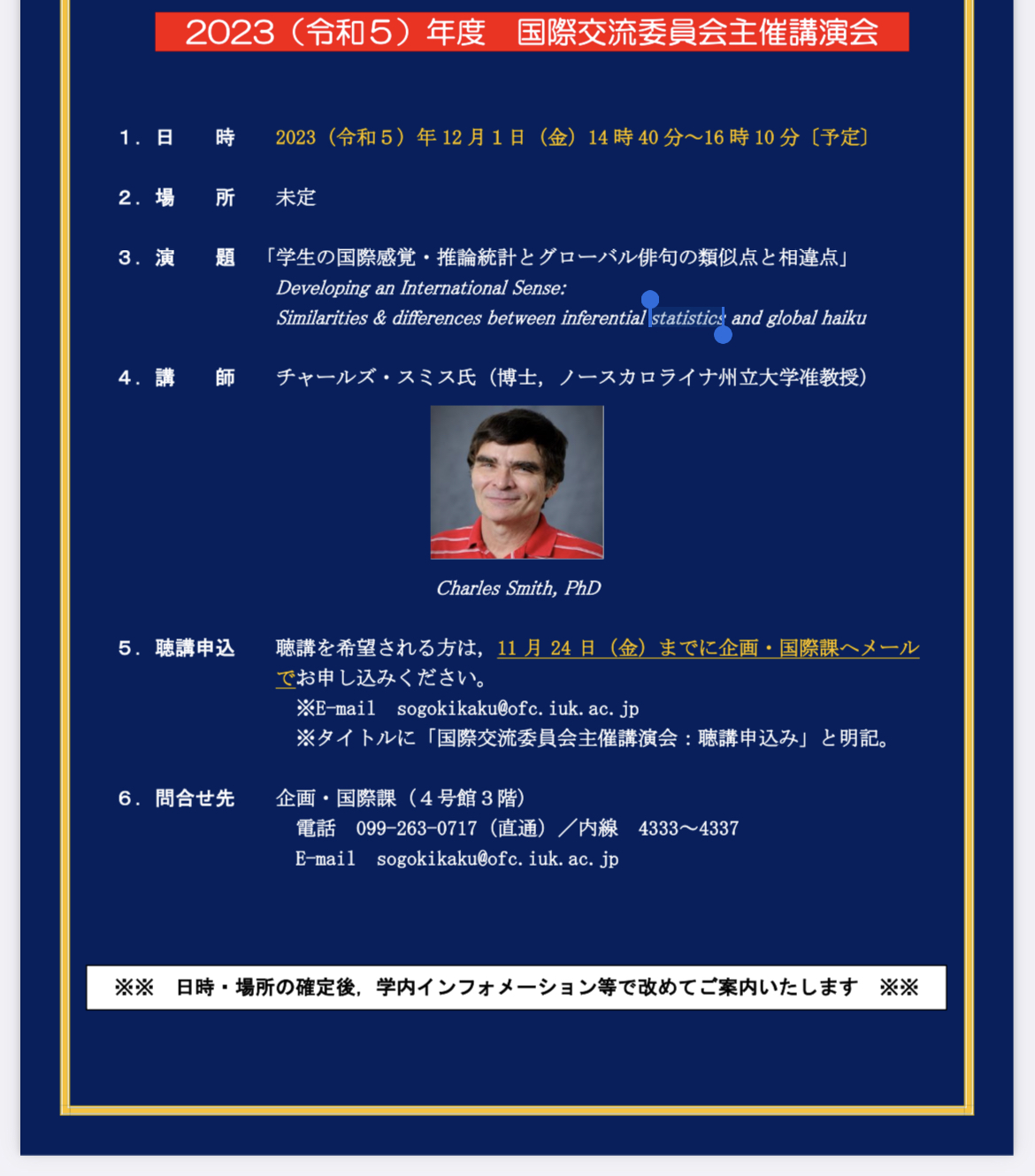
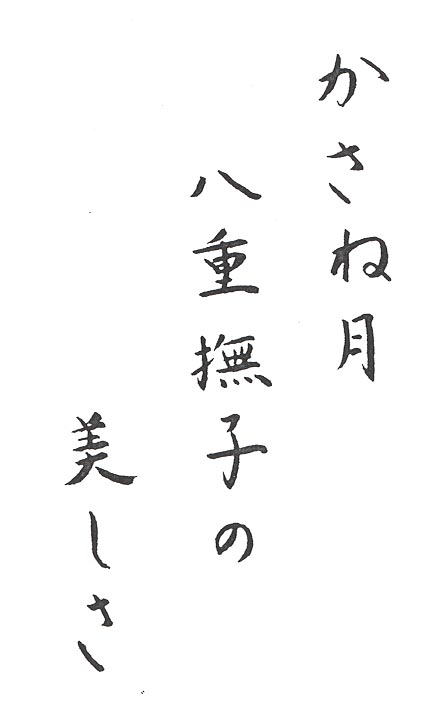
Dr. Charles Smith is an Associate Professor at North Carolina State University, USA, who specializes in statistics and its application in biomathematics. In 2023, he embarked on a transformative journey at Osaka University in Japan as part of a Fulbright Scholar Award, turning a long-held aspiration into a memorable academic and cultural experience.
The path to his Fulbright scholarship, however, was not straightforward. After attending a seminar at his university and learning more about the program from a colleague in life sciences, Dr. Smith had decided to apply for the scholarship but was turned down on the first two occasions. Despite facing rejection twice, however, he remained committed, giving it a third try amid chaotic times during the COVID-19 pandemic. As the saying goes, the third time worked like a charm as he finally secured the award for a six-month research and teaching engagement from September 2023 to February 2024.
At Osaka University, Dr. Smith's academic pursuits centered on biodynamics, specifically investigating human gait and postural sway. His research explored, among other things, how smartphone usage impacts walking patterns and how disease and age affect postural control. This work culminated in a publication in Nature’s Scientific Reports and a presentation at the IEEE EMBS Orlando meeting, the Institute of Electrical and Electronics Engineers (IEEE), Engineering in Medicine and Biology Society (EMBS).
Beyond research, Dr. Smith embraced teaching responsibilities, delivering courses in statistics for engineers and undergraduate engineering students. He found the educational environment at Osaka University to be both stimulating and inclusive. He also noted the exceptional work ethic and openness to discussion in Japanese academic environments, which differed from his experiences in his home country.
From the first week itself, Dr. Smith was integrated into journal clubs, research presentations, and daily laboratory activities. He fondly notes how the 18 students in his primary lab made efforts to include him wherever and whenever possible, even encouraging his participation during his initial jet-lagged state. “The staff at the Office of International Students sort of adopted me as well and took me to field trips, social events and talks, where I also got to know students from other departments,” highlights Dr. Smith. “I felt it was pretty easy to interact with people.”
During his stay in Japan, Dr. Smith traveled extensively, visiting Kagoshima, Kyoto, Nara, and Hiroshima. These visits allowed him to fully appreciate Japan’s rich and vibrant cultural landscape as he toured castles and museums and tried out the local cuisine. He specifically recalls an unexpected encounter with the local American football team at Osaka, who practiced regularly near his residence and involved him in an exercise of throwing ball.
One intriguing aspect of Dr. Smith's journey was the way it aligned with his long-standing passion for Haiku poetry, an interest that led to a collaboration with the Haiku editor of Asahi Shimbun, a daily newspaper in Japan, culminating in an interdisciplinary article exploring similarities between Haiku and statistics. “I experienced many ‘Haiku’ moments in Japan. These are experiences that are meaningful or touch you in certain ways, and you take a snapshot of that moment in the form of a poem that aims to paint the same picture in others’ heads,” shares Dr. Smith. The article is scheduled for publication in the American Statistical Association's CHANCE magazine in February 2025.
Reflecting on his journey, Dr. Smith offers advice for future Fulbright applicants: “Be persistent. Your first attempt at application might not succeed but learn from each attempt and keep trying. Once you are there, be excited, open to new experiences, and respectful of the culture. You will make lots of mistakes, but approach others with humility and they will be understanding.”
For Dr. Smith, the Fulbright Program was more than an academic exchange—it was a transformative process that broadened his research horizons and cultural understanding. His experience perfectly exemplifies the program’s mission of fostering international academic collaboration and mutual understanding.
